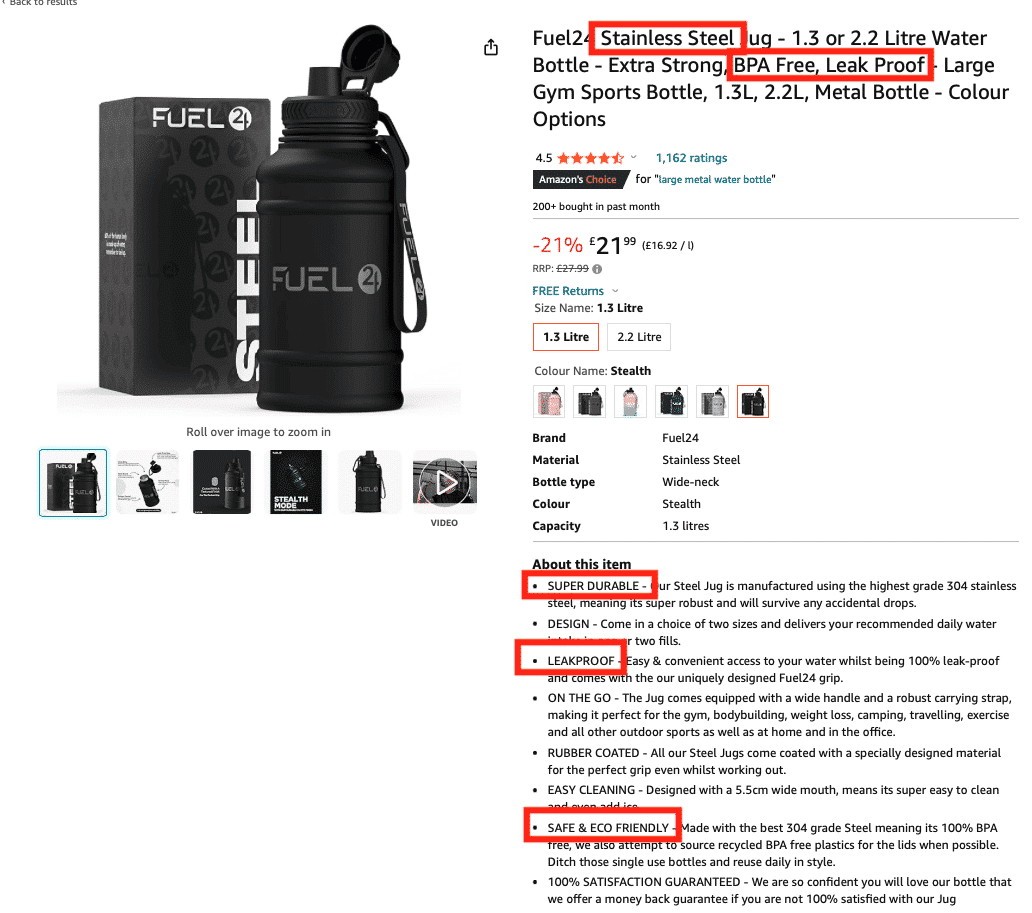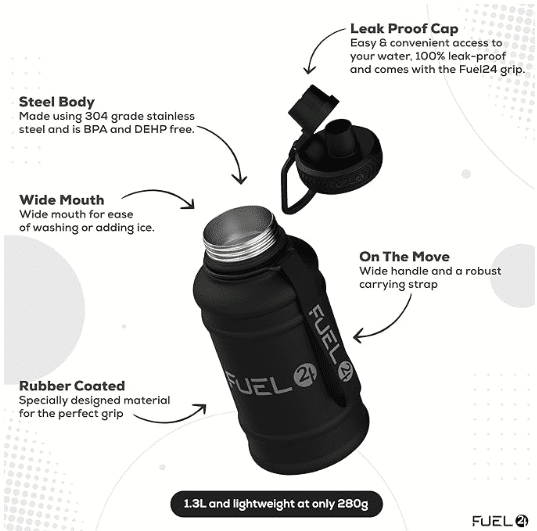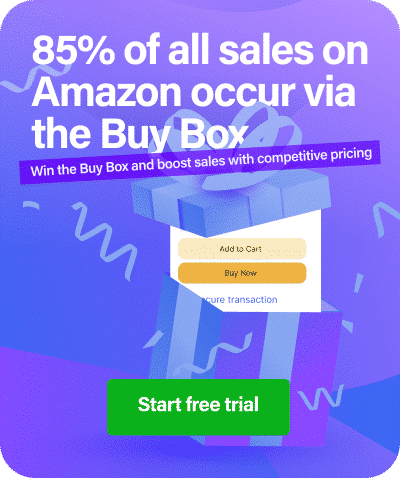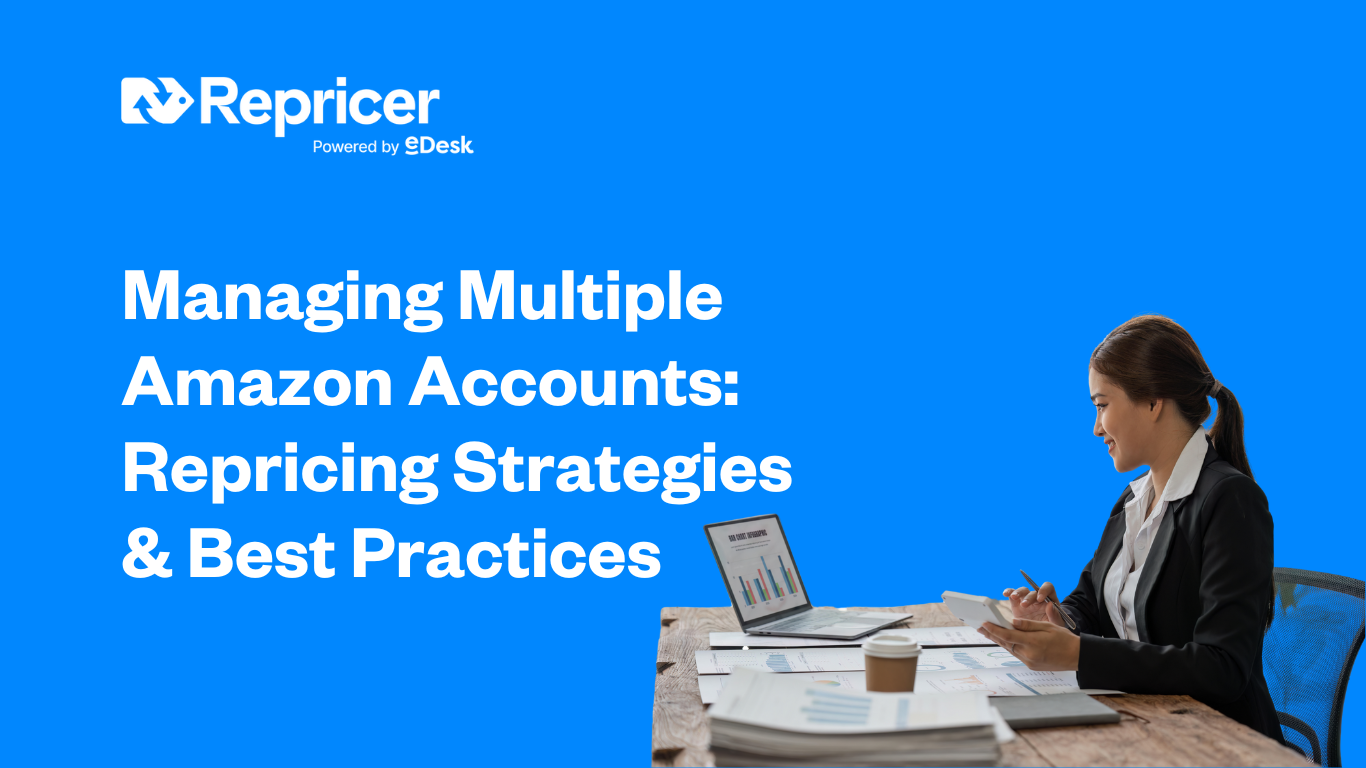Achieving a prime position on the first page of Amazon’s search results isn’t just a goal; it’s a game-changer. It’s the key to catapulting your product into the spotlight, boosting sales, and elevating your brand to new heights.
In this article, we will delve into the methods and key elements for securing a first-page listing for your product.
How Does the Amazon Product Ranking Algorithm Work?
The Amazon A10 algorithm, which determines product ranking on their platform, primarily focuses on:
- Keyword Relevance
- Customer Reviews
- Sales performance
- Customer Reviews
- Fulfillment method
- Quality of product images
- Competitive pricing
When considering how Amazon evaluates your product listing compared to others, it’s important to understand these factors that the algorithm takes into account.
For instance, when a buyer searches for a specific item, say ‘1-litre water bottle,’ Amazon’s algorithm starts by compiling all listings that mention 1-litre water bottle in their titles, bullet points, and descriptions.
Next, the algorithm assesses each listing based on several key factors: sales performance, the number of reviews received, the chosen fulfillment method (with a preference for Fulfillment by Amazon (FBA) over Fulfillment by Merchant (FBM)), and the competitiveness of the pricing. The more competitive your offering, the better your chances of ranking higher.
By grasping how Amazon’s ranking system operates, you can fine-tune your product listings to enhance their chances of appearing on the first page.
What Factors Affect Amazon Product Ranking?

The critical factors mentioned play a role in determining your product’s ranking. While it’s not necessary for every aspect to be flawless, achieving a harmonious balance among each of these elements is essential for your product to secure a spot on the coveted first page.
Targeted Keywords
When shoppers search for products on Amazon, the platform’s algorithm matches their search terms with keywords in product listings. Therefore, selecting the right keywords is essential for your product to appear in relevant searches.
Keywords should be carefully researched and chosen to match the terms potential customers use when looking for products in your category. Including these keywords in your product title, description and backend search terms can significantly enhance your product’s visibility.
How Quick & Often Your Product Sells
Swift sales and quick inventory turnover signal to Amazon that your products are popular with customers. Amazon favors promoting products that are selling quickly, as this directly benefits their business performance.
When items fly off the shelves, it’s a clear indicator to Amazon that these products are in high demand, leading to increased visibility and promotion on their platform. This benefits both sellers and Amazon, creating a win-win situation where popular products get the spotlight they deserve.
Customer Reviews
It’s crucial to maintain a strong record of positive reviews, as they not only provide excellent social proof and influence consumer decisions but also affect your standing in Amazon’s ranking system.
A high volume of low star-ratings can be a red flag, not just to potential customers, but also to Amazon, potentially impacting your product’s visibility and success on the platform.
Product Listing Quality
A well-crafted product listing is essential for securing a spot on the first page of Amazon’s search results.
As previously mentioned, the listing should be optimized with relevant keywords that match potential customers’ search queries, ensuring it appears in the right searches. The title, bullet points, description, and backend keywords need to be strategically formulated to maximize search relevance.
High-quality images and detailed, accurate descriptions enhance customer engagement and reduce the likelihood of returns which can lead to a high order defect rate.
7 Ways to Rank Your Amazon Products on Page 1
In this performance-oriented world where competition is fierce, every bit of advancement counts. And as such, boosting your Amazon product ranking requires a strategic combination of proven techniques.
Let’s explore some deliberate actions you can take.
1. Research Competitors Product Listings
Researching competitors’ product listings is a strategic way to gain insights that can help propel your own listing to the coveted first-page ranking.
Start by identifying top competitors for your product category. Analyze their listings to understand the keywords they use, especially in titles and bullet points. Pay attention to their product features, customer reviews, and Q&A sections.
For example, if you’re selling wireless earbuds and notice a competitor consistently ranks high, examine their listing for unique selling points, like battery life or waterproof features, and how they present these in their descriptions.
Look for any patterns in their customer feedback, both positive and negative, to identify what buyers value and any gaps you can address in your product.

2. Choose Keywords Your Target Buyer Would Use
The strategic use of keywords that align with buyer searches is essential for securing a top ranking on the first page. It’s important to think like your customer and use terms they are likely to input when searching for your product.
Conduct thorough research using tools like Amazon’s search bar suggestions, Google Keyword Planner, or other SEO tools to identify popular and relevant keywords. For instance, if you’re selling a ‘stainless steel water bottle’, ensure your listing includes key phrases such as ‘durable’, ‘BPA-free’, ‘leak-proof’, or ‘eco-friendly’, if applicable.

These are terms a potential buyer might use when looking for a high-quality water bottle. Incorporate these keywords naturally in your product title, description, and bullet points.
By mirroring the language your target audience uses, you enhance the visibility of your listing in search results, thereby increasing the likelihood of landing on the first page of Amazon.
3. Don’t Keyword Stuff
Keyword stuffing — the practice of overloading a product listing with excessive, often irrelevant keywords — can be detrimental for an Amazon seller aiming to rank on the first page.
This approach not only diminishes the readability and appeal of your listing to potential customers, but it can also negatively impact your search rankings. Amazon’s algorithm is sophisticated and designed to prioritize listings that provide a clear, concise, and relevant description of the product. When a listing is cluttered with an abundance of keywords, it can appear spammy or misleading, which may lead to lower click-through rates and a higher bounce rate.
These factors are likely considered by Amazon’s ranking algorithm, potentially pushing your listing down in search results.
4. Use High-Quality Photos and Videos


Exceptional visual content not only captures the attention of potential buyers but also significantly enhances their shopping experience.
Clear, well-lit, and professionally taken images offer a detailed view of the product, helping customers understand what they are purchasing. This visual clarity reduces ambiguity and buyer hesitation, leading to increased conversion rates and positive reviews, both of which are key factors in Amazon’s ranking algorithm.
Videos add an extra layer of engagement, showcasing the product in action and highlighting its features and benefits in a dynamic way. This can give sellers a competitive edge, as it allows customers to make more informed decisions and feel confident in their purchase.
Furthermore, Amazon’s search algorithm tends to favor listings with high-quality images and videos, considering them more appealing and relevant to shoppers.
5. Ensure You Have Sufficient Stock Cover
Amazon’s algorithm favors listings that consistently meet customer demand without running out of stock. When products frequently go out of stock, it disrupts sales momentum, negatively impacts product ranking, and can lead to a lower placement in search results. Moreover, consistent availability reassures customers of reliable service, encouraging positive reviews and repeat purchases, which further boost the listing’s ranking.
Conversely, listings that frequently run out of stock not only miss out on potential sales but also risk losing visibility and falling behind competitors who maintain better stock levels. This is particularly important during high-demand periods, like holidays or sales events, where stock availability directly impacts a product’s ability to capitalize on increased traffic.
6. Get Authentic Reviews from Customers
Reviews serve as social proof, influencing purchasing decisions and establishing trust with potential buyers. Amazon’s algorithm heavily considers customer feedback; a higher number of positive reviews can significantly improve a product’s search ranking and visibility.
To efficiently gather such reviews, sellers can utilize third-party software designed for automating review requests. These tools often integrate with Amazon’s systems, sending personalized, compliant follow-up emails or messages to customers post-purchase, encouraging them to leave feedback. For example, software such as FeedbackExpress automates this process while adhering to Amazon’s guidelines. It allows customization of messages, timing, and follow-ups, ensuring a higher response rate. Utilizing a tool like this ensures a steady influx of reviews, which is essential for maintaining and improving product and seller ranking.
7. Offer Value to the Customer with Competitive Pricing
Amazon’s algorithm not only prioritizes products with high sales volumes but also those that offer great value to customers, often reflected through pricing.
By setting a competitive price, sellers can attract more buyers, leading to increased sales velocity – a critical factor in boosting a product’s search ranking on Amazon. Moreover, competitively priced products are more likely to win the Buy Box, a significant driver of sales on Amazon. In fact, 83% of all sales on Amazon go through the Buy Box.
However, it’s not just about being the cheapest; the price should also reflect the product’s value, quality, and market demand. Using an automated repricing tool such as Repricer.com enables sellers to continuously monitor competitor pricing and market conditions, adjusting your product prices in real-time to stay competitive. For instance, if a competitor lowers their price on a similar product, Repricer.com can adjust the price in mere seconds to remain competitive, ensuring the listing is attractive to price-sensitive customers but also helps Amazon decide which seller to award the Buy Box to.
Final Thoughts
Each of these factors discussed contributes to improving your product’s ranking algorithmically, while also enhancing the customer experience. When combined effectively, these strategies can significantly increase the likelihood of your product ranking on the first page of Amazon, leading to greater visibility, higher sales volumes, and overall success in the marketplace.
Boost your sales and profits with a smart approach to pricing! Sign up for a 14-day free trial of Repricer.com and discover how you can organically rank your product listings on page 1 of Amazon. Plus, increase your chances of winning the coveted Buy Box.






